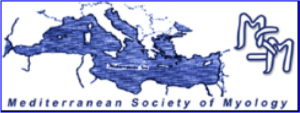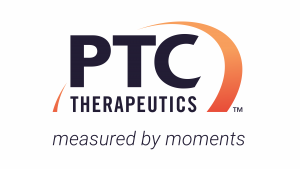Duchenne muscular dystrophy (DMD) is a progressive genetic muscle disease. Quantitative muscle ultrasound (US), muscle MRI, and functional tools are important to delineate characteristics of muscle involvement. We aimed to establish correlations between clinical/functional and above-named imaging tools respecting their diagnostic and prognostic role in DMD children. A cross-sectional retrospective study of 27 steroid-naive, ambulant male children/adolescents with genetically-confirmed DMD (mean age, 8.8 ± 3.3 years). Functional performance was assessed using motor function measure (MFM) which assess standing/transfer (D1), proximal (D2) and distal (D3) motor function, and six-minute walk test (6MWT). Imaging evaluation included quantitative muscle MRI which measured muscle fat content in a specific location of right rectus femoris by mDixon sequence. Quantitative muscle US measured right rectus femoris muscle brightness in standardized US image as an indicator of muscle fat content. We found a highly significant positive correlation between the mean MFM total score and 6MWT (R = 0.537, p = 0.007), and a highly significant negative correlation between fat content by muscle US and MFM total score (R = -0.603, p = 0.006) and its D1 subscore (R =-0.712, p = 0.001), and a significant negative correlation between fat content by US and 6MWT (R = -0.529, p = 0.02), and a significant positive correlation between muscle fat content by mDixon MRI and patient’s age (R = 0.617, p = 0.01). Quantitative muscle US correlates significantly with clinical/functional assessment tools as MFM and 6MWT, and augments their role in disease-tracking of DMD. Quantitative muscle US has the potential to act as a substitute to functional assessment tools.






